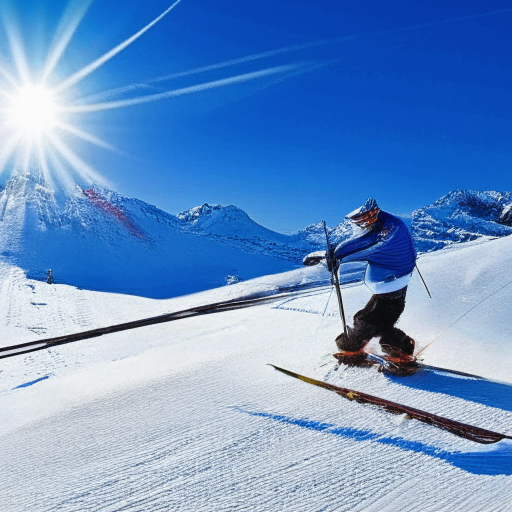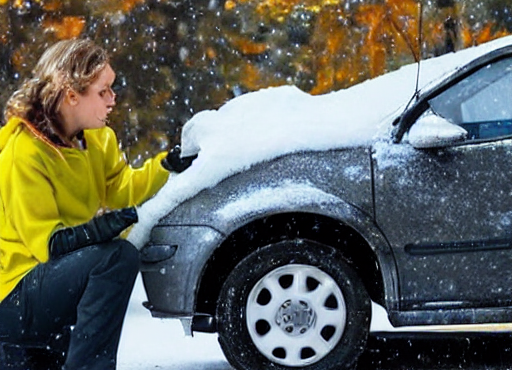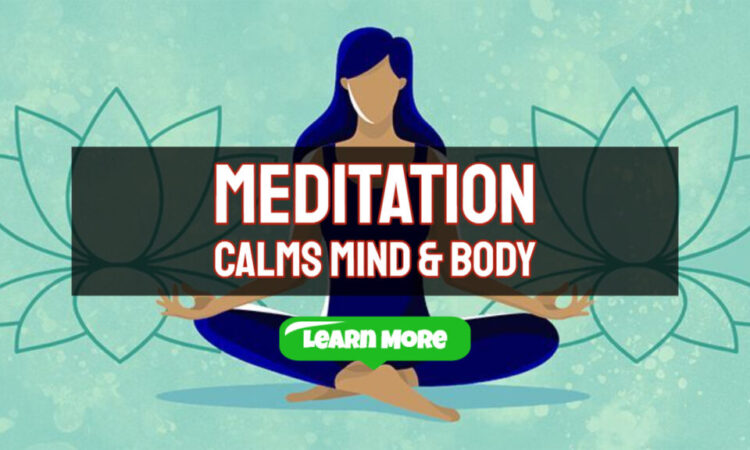
Snow Blindness Causes and Effects Explained
Protect Your Vision: Comprehensive Insights into Snow Blindness and Proven Prevention Techniques
As the mesmerizing winter landscape transforms the world into a dazzling white wonderland, it becomes increasingly important to acknowledge the potential dangers that accompany outdoor excursions in snowy environments. One of the most alarming risks is snow blindness, a temporary yet excruciating condition caused by prolonged exposure to ultraviolet (UV) rays reflecting off the snow. This detailed blog post explores the intricate science of snow blindness, investigates the impact of sunlight reflecting from snowy surfaces, and offers practical tips for prevention, prompt diagnosis, and effective treatment. By gaining a thorough understanding of the underlying causes of this condition and implementing protective measures, we can relish the beauty of winter while protecting our precious eye health.

Understanding Snow Blindness: Medical Perspectives and Underlying Causes
The medical term for snow blindness is photokeratitis, which refers to a temporary injury affecting the cornea, the eye’s outermost protective layer. This painful condition primarily occurs due to excessive exposure to high levels of ultraviolet (UV) radiation, particularly from rays that are reflected off snow-covered terrains. The glaring sunlight can be particularly harmful at higher altitudes where the atmosphere is thinner, allowing for greater UV penetration. While snow blindness usually resolves on its own within a short period, understanding its triggers is crucial for implementing effective prevention and management strategies that promote long-term eye health and comfort.
Examining How Sunlight Interaction with Snow Affects Eye Health
To fully comprehend the complexities of snow blindness, it is vital to investigate how sunlight interacts with the surface of snow. Sunlight comprises a spectrum of wavelengths, including harmful ultraviolet radiation. When these rays encounter a snow-covered landscape, the unique reflective properties of snow can reflect up to 80% of UV rays, significantly amplifying exposure levels. This reflection effect is especially pronounced in elevated regions where the atmosphere’s ability to filter UV radiation is greatly diminished. As a result, the eyes may quickly become overwhelmed by excessive UV exposure, leading to potential damage to vital eye structures such as the cornea and conjunctiva, which are crucial for clear vision and overall eye health.
Identifying the Symptoms of Snow Blindness for Timely Response
The symptoms of snow blindness generally begin to appear several hours after exposure to intense UV light. The severity of these symptoms can vary from person to person, but common indicators include:
Eye discomfort and pain: Many people report a gritty sensation or the feeling of having foreign particles in their eyes.
Redness and swelling: The affected eyes may become bloodshot, and the eyelids could swell, exhibiting noticeable inflammation.
Watery eyes: The body produces tears as a natural reaction to flush out irritants and alleviate discomfort.
Blurry vision: Activities requiring sharp vision, such as reading or driving, can become challenging due to distortion.
Increased light sensitivity: Known as photophobia, this heightened sensitivity to light often coincides with headaches.
Perception of halos: Some individuals may see bright rings or halos around light sources, which can contribute to visual confusion and discomfort.
Effective Preventive Measures to Shield Your Eyes from Snow Blindness
When it comes to defending your eyes against the harmful effects of UV exposure, taking proactive steps is always more effective than addressing issues after they arise. Here are several practical strategies to help minimize the risk of snow blindness:
Select appropriate eyewear: Always opt for goggles or sunglasses that provide 100% UV ray protection when venturing into snowy environments. Look for eyewear labeled with UV400 or 100% UV protection for the best results.
Choose wraparound designs: Select sunglasses or goggles that wrap around the sides of your face for comprehensive protection against both direct sunlight and peripheral UV exposure.
Utilize wide-brimmed hats: Wearing hats with wide brims or neck flaps can offer additional shade, significantly lowering UV exposure to your eyes.
Stay informed about the UV Index: Before participating in outdoor activities, check the local UV Index to gauge daily UV exposure levels. Be cautious and limit sun exposure during peak hours, typically between 10 AM and 4 PM.
Apply sunscreen effectively: Although it may seem unrelated, applying sunscreen around your face and eyes can greatly reduce UV exposure, enhancing overall eye protection.
Take frequent indoor breaks: If you plan to spend extended periods in snowy areas, make it a habit to take regular breaks indoors, allowing your eyes to rest and recover from intense light exposure.
Relief and Recovery Strategies for Snow Blindness Symptoms
If you find yourself experiencing the distressing symptoms of snow blindness even after taking preventive precautions, several strategies can help ease discomfort and promote recovery:
Seek immediate shade: Move to a darkened area or indoors to shield your eyes from further UV exposure.
Remove contact lenses: If you wear contact lenses, take them out to prevent additional irritation and facilitate proper eye recovery.
Apply cold compresses: Placing a cold, damp cloth over closed eyes can effectively alleviate discomfort and reduce swelling.
Use artificial tears: Over-the-counter artificial tears can provide temporary relief by keeping your eyes lubricated and easing dryness caused by snow blindness.
Avoid bright lights: Limit exposure to intense light sources, including screens and overhead lighting, to lessen the effects of photophobia during your recovery.
Rest your eyes diligently: Engage in minimal visual strain activities, steering clear of reading or screen time to give your eyes the vital time they need to heal.
When to Seek Professional Medical Advice for Snow Blindness
In most cases, the symptoms of snow blindness will begin to diminish within 24 to 48 hours as the cornea begins its healing process. However, it is crucial to seek medical attention if symptoms worsen or persist, as delays in treatment could lead to complications or secondary infections that may jeopardize your vision.
Suffering from snow blindness can significantly interfere with the enjoyment of winter activities, but with the right knowledge and preventive measures, we can substantially reduce the risk while immersing ourselves in the awe-inspiring beauty of snowy landscapes. Stay vigilant about UV radiation levels, regularly take breaks in shaded areas, and always prioritize wearing protective eyewear. If symptoms arise, seek relief promptly and consult a healthcare professional if necessary. By prioritizing eye safety, you can fully embrace the winter wonderland and create unforgettable memories without compromising your vision. Adventure responsibly!
The post Snow Blindness: Understanding Its Causes and Effects appeared first on Survival Bite.
The Article Snow Blindness Causes and Effects Explained Was Found On https://limitsofstrategy.com
The Article Snow Blindness: Understanding Its Causes and Effects First Appeared ON
: https://ad4sc.com










